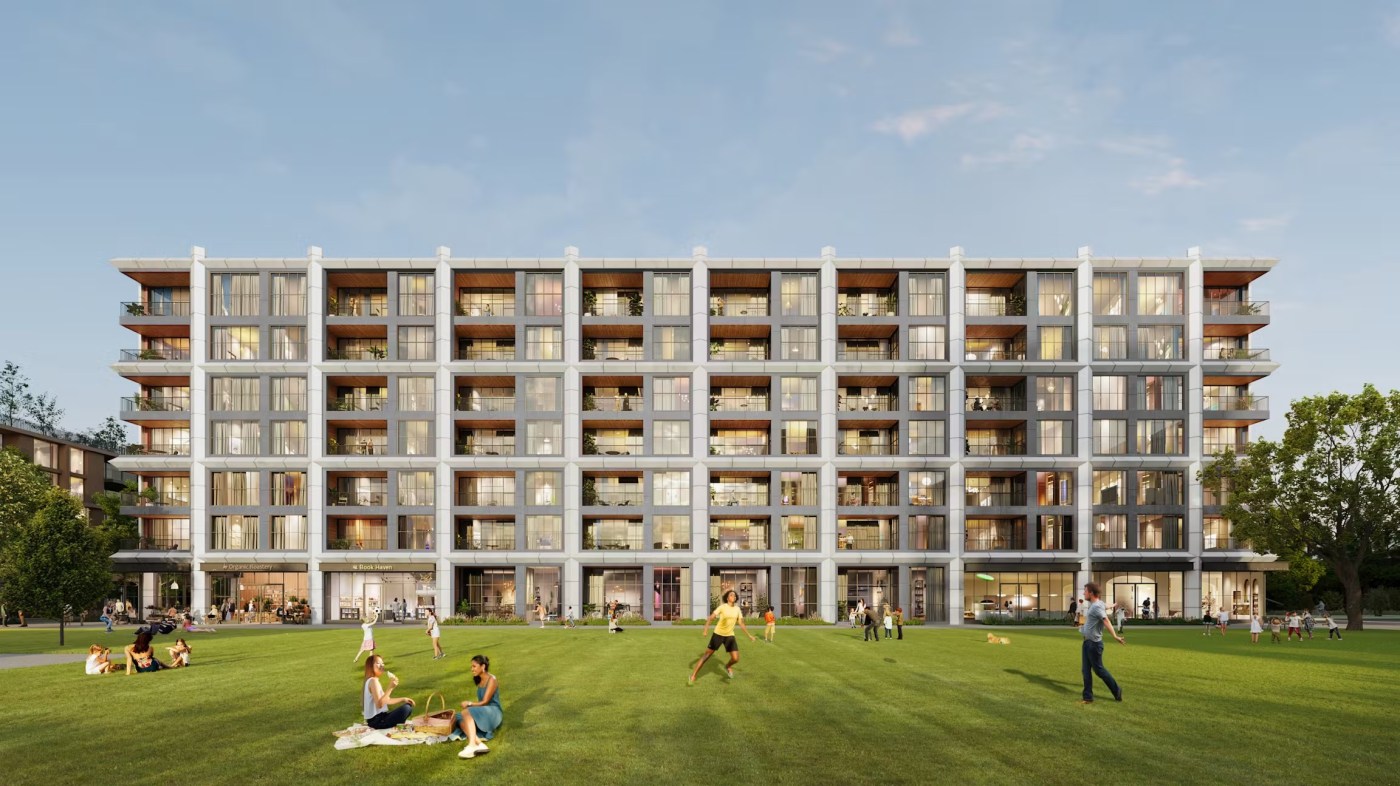Cupertino is one step closer to adding 4,588 homes in the next decade.
The City Council Tuesday night adopted its housing element, which is a blueprint submitted every eight years to the state outlining how the city will add a specific number of local homes at a range of price points. The document, which proposes creating new zoning categories to allow for high-density projects in residential areas, will head to the Planning Commission for deliberation in June.
The state Housing and Community Development Department (HCD) endorsed Cupertino’s housing plan last month, more than a year after the city missed the original January 2023 deadline to submit it. The zoning process is necessary to keep the city’s plan compliant with the endorsement and avoid penalties, including being subject to the builder’s remedy, a legal mechanism that allows developers to push through projects that are larger than local zoning laws would otherwise permit.
“That really is what HCD has conditioned this project on, is that we need to be able to rezone our priority housing sites,” said Luke Connolly, assistant director of community development for the city.
Cupertino identifies 36 sites to accommodate the units, which are mainly located along Stevens Creek and De Anza boulevards and single-family neighborhoods in the western portion of the city. More than half of the 4,588 units will be built at The Rise, a housing project approved by the council last month on the site of the former Vallco Shopping Mall.
Despite months of intense planning, not every councilmember was on board with the plan. Kitty Moore was the only councilmember who voted against the adoption, concerned that factors, including the environmental impact of the city’s housing plan, were not examined throughly.
“My greatest concern is that this approach would not result in an attainable solution to the housing affordability problem,” Moore said Tuesday. “I believe we have a council majority and other forces strongly urging us to rubber stamp this housing element.”
Liang Chao, the only councilmember to abstain from the vote, said she understands that HUD compliance is important, but could not support the housing element because of an “undemocratic” and “non-transparent” planning process by city staff. Chao claimed that there have been no “substantive” deliberations in public meetings on the proposed housing policies and densities since 2022, when the council first assessed housing sites.
Related Articles
Cupertino revisits budget cuts, adds back multiple services
State green lights Cupertino’s housing plan for more than 4,500 new homes
Sunnyvale wants to roll out affordable rideshare app for residents
Cupertino moves ahead with pickleball courts for Memorial Park redesign
Cupertino to deliberate adding pickleball courts to Memorial Park re-design
Councilmember Hung Wei, who was in favor of the adoption, said city staff worked hard over the years to create an element that complies with state law and communicate with HCD that Cupertino is “willing to move forward and willing to open its doors to new residents in a reasonable and rational way.”
The housing element isn’t perfect, but it is better for the city to move forward with the plan than fall out of compliance with state law and face consequences like lawsuits and the builder’s remedy, Wei said.
When Cupertino missed the deadline, pro-housing organizations YIMBY Law and the California Housing Defense filed a lawsuit against the city for noncompliance. The legal battle ended in January, after the Santa Clara County Superior Court ruled that the city must allow builder’s remedy projects by developers who filed affordable housing projects after the 2023 deadline.
“We need to face reality,” she said Tuesday. “There are consequences if we do not have a certified housing element.”












